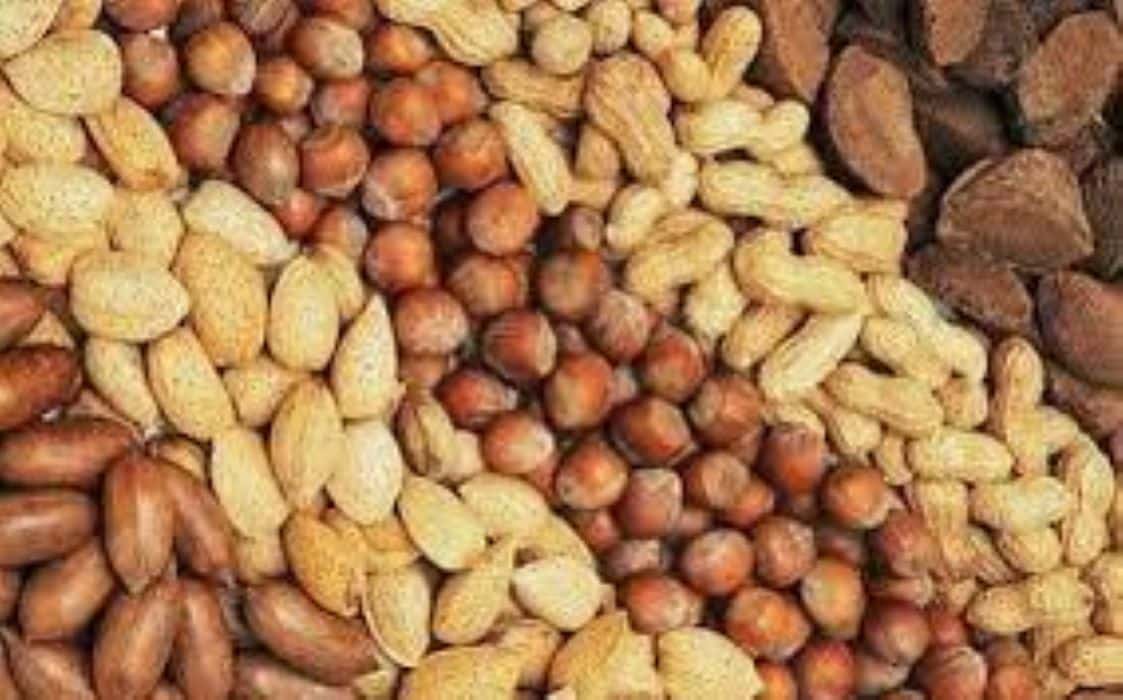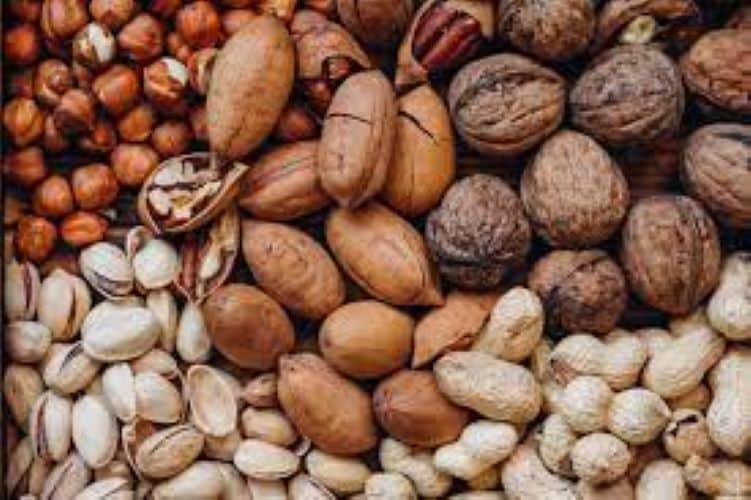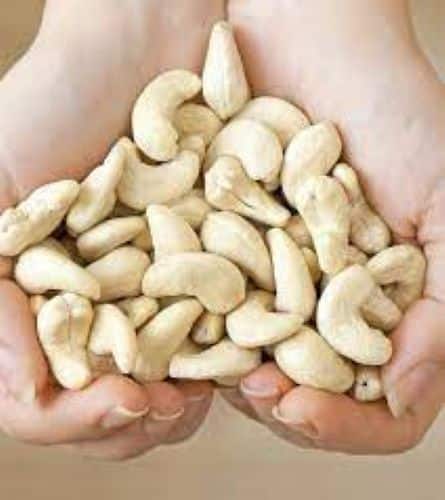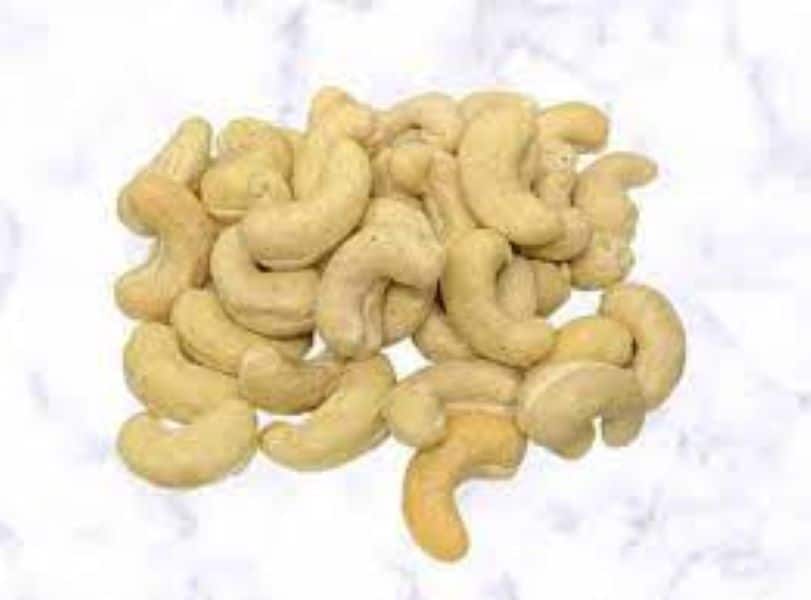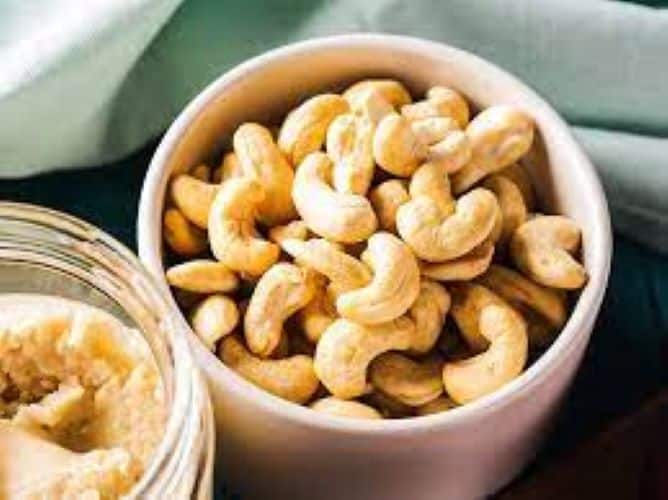Blog
Ultimate Guide to Cashew Grading and Quality
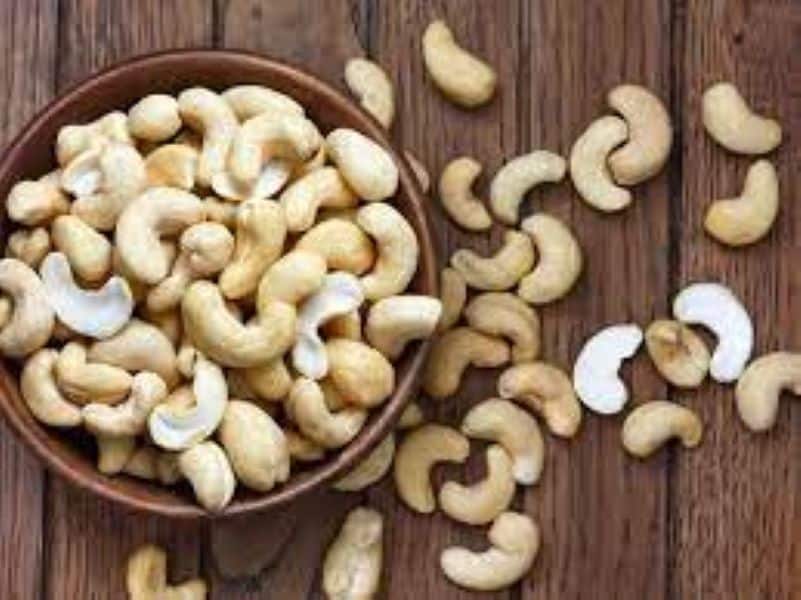
Cashew grading and quality are a lot more complex than you might think. The problem is that cashews come in so many different varieties, shapes, sizes and colors that you need to understand the various factors that contribute to their quality if you want to buy them at the right price. In this guide, we’ll help demystify your options by looking at how we grade cashews here in Brazil as well as covering some of the most popular varieties on offer.
Cashew Nuts are graded on the basis of size, color and quality.
Cashew nuts are graded on the basis of size, color and quality. Size is the primary factor in grading cashew nuts. The sizes range from W240 to W450.
Color can be white and light in color, whole brown and light brown colored cashews as well as other colors that are not ideal for consumption purposes.
Quality refers to the number of defects present in a particular lot of cashews; this may include broken pieces or shells among others
. The grading of cashews is done by trained experts who can tell the difference between good and bad nuts.
The grading of cashews is a process that involves the inspection of cashew nuts to determine their quality and suitability for human consumption. This is done by trained experts who can tell the difference between good and bad nuts.
Size is the primary factor in grading cashew nuts.
The main factor in grading cashews is size. The number of nuts per pound determines the size, which is also affected by the length, width and thickness of the kernel.
The buyer’s preference should be considered while grading cashews on color because it affects its appearance and quality.
The color of cashew kernels ranges from light brown to dark brown, depending on the variety and climate. The color of cashews should be uniform in shade, without any discoloration or spots.
The size of cashews is an important factor that affects its quality and price. The buyer should look for large, round cashews with uniform color and no blemishes. If a buyer has a preference for large or small nuts, he should specify this when buying from his supplier.
The buyer should look for large, round cashews with uniform color and no blemishes. The size of cashews is an important factor that affects its quality and price.
Color is also an important grading criterion.
Color is also an important grading criterion. The cashew color varies from yellowish-brown to light brown, but it should not be too dark or too light. A good quality cashew has a uniform color throughout its shell, which indicates that the nut has been properly ripened and harvested at the right time.
A lighter-colored shell means that your cashew came from an immature tree; this means that it will have a higher moisture content than other nuts in its batch, which can lead to lower yields during processing because of mold growth on the outside of each shell (make sure you don’t eat these!). On top of that, these nuts are more likely to crack during drying because they haven’t fully developed yet – not ideal when you want perfect pieces every time!
The cashew shell should also be thin and easy to crack open. A thick, hard shell indicates that the nut came from an old tree, which means that it was under-ripe when harvested and therefore contains less oil than a younger tree would (and again, this can lead to lower yields during processing).
The inside of the shell should be a creamy white color, with no signs of mold or discoloration. If you see any brown bits on your cashew shells, then it’s probably not good quality!
The nuts themselves should be firm, with no signs of softness or discoloration. Soft cashews are more likely to be rancid than their hard counterparts because they’ve had a longer time to absorb whatever oxygen was around them when they were growing.
This is why it’s important to look at the quality of your cashews before you buy them. The shell should be thin and easy to crack open – a thick, hard shell indicates that the nut came from an old tree, which means that it was under-ripe when harvested and therefore contains less oil than a younger tree would (and again, this can lead to lower yields during processing).
Quality refers to the number of defects in a particular lot of cashews.
Quality refers to the number of defects in a particular lot of cashews. The most common defects are broken shells, moldy nuts and insect damage.
Cashews with perfectly intact shells and no other visible signs of damage receive the highest quality rating. The more defects you find in your cashews, the lower their price will be–and eventually it may not be worth selling at all!
The quality of cashews is also affected by the condition of the shell. The higher the level of moisture, for example, the more likely it is that your cashews will be damaged during shipping or storage. You can minimize this risk by storing them in an airtight container and keeping them in a cool place at all times.
When you buy cashews, look for shells that are dark brown and glossy. The nuts inside should be firm and dry, not soft or moist. Be sure to check any cashews you purchase; if they have been stored improperly, they may have begun to mold during shipping or storage.
The best way to determine the quality of your cashews is to look at them closely. If you find moldy or damaged nuts, throw them away immediately! You should also avoid buying any cashews that have been exposed to heat or sunlight—these will be dry and shriveled, with no moisture inside.



